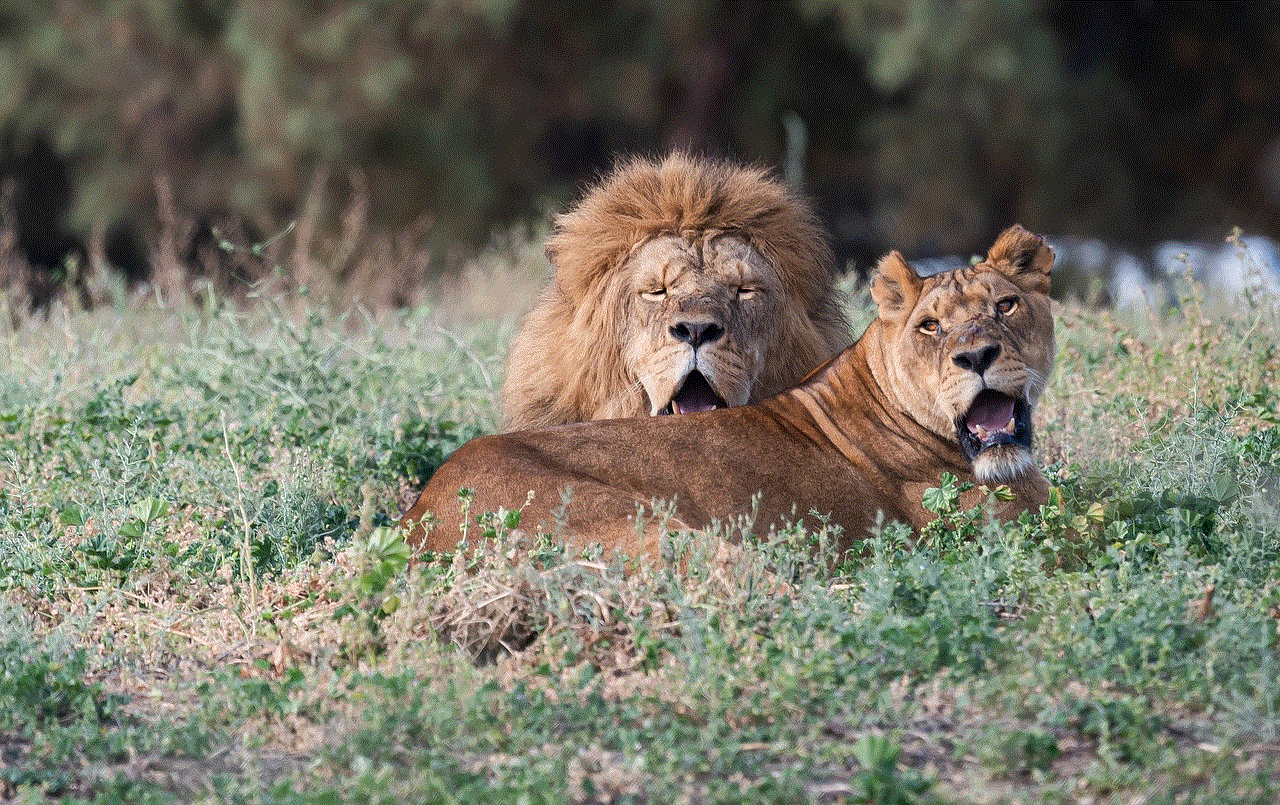words that have oc in them
Words are the building blocks of language. They allow us to express our thoughts, feelings, and ideas. Without words, communication would be impossible. However, some words hold more power and significance than others. One such group of words is those that contain “oc” in them. These words have a unique sound and meaning, making them stand out in the vast vocabulary of the English language. In this article, we will explore the various words that have “oc” in them and uncover the fascinating stories behind them.
1. Ocean
The first word that comes to mind when we think of “oc” is the ocean. This vast body of water covers more than 70% of the Earth’s surface and is home to countless species of plants and animals. The word “ocean” comes from the Greek word “okeanos,” which was used to describe any large body of water. It is believed that the Greeks used this word to refer to the Atlantic Ocean, which was the largest water body they knew at the time.
2. Occasion
An occasion is a particular event or time that is marked by a special celebration or activity. This word comes from the Latin word “occasio,” which means “opportunity” or “chance.” The “oc” in this word adds a sense of urgency and importance, making it suitable for significant events such as weddings, birthdays, and anniversaries.
3. October
October is the tenth month of the year in the Gregorian calendar. The word “October” comes from the Latin word “octo,” which means “eight.” However, when the Roman calendar was first created, October was the eighth month of the year. It was only later that January and February were added, pushing October to the tenth spot.
4. Occupation
Occupation refers to a person’s job or profession. This word is derived from the Latin word “occupare,” which means “to seize” or “to take possession.” In ancient times, the word was used to describe the action of a military force taking control of a territory. However, over time, it evolved to refer to one’s daily activity or job.
5. Oceanic
Oceanic is an adjective that describes something related to the ocean. It can refer to the vastness of the ocean, the creatures that live in it, or the activities that take place in it. The word comes from the Greek word “okeanikos,” which is a combination of “okeanos” (ocean) and “ikos” (related to).
6. Occult
The word “occult” has a mysterious and mystical connotation to it. It refers to things that are hidden or secret, often associated with supernatural or paranormal powers. The word comes from the Latin word “occultus,” which means “concealed” or “secret.” In ancient times, people believed that occult practices could harness the powers of the unknown and bring about desired outcomes.
7. Oxygen
Oxygen is a colorless, odorless, and tasteless gas that is essential for life on Earth. The word “oxygen” comes from the Greek word “oxy,” which means “acid” or “sharp,” and “genes,” which means “forming.” This is because oxygen was believed to be a vital component in the formation of acids.
8. Occur
The word “occur” means to happen or take place. It comes from the Latin word “occurre,” which means “to run toward” or “to meet.” This word is often used in scientific contexts, such as when discussing natural phenomena or events.
9. Oceanography
Oceanography is the scientific study of the ocean and its phenomena. The word comes from the Greek words “okeanos” (ocean) and “graphein” (to write). Oceanographers study the physical, chemical, and biological aspects of the ocean to gain a better understanding of this vast and mysterious body of water.
10. Ocular
Ocular is an adjective that refers to the eye or its vision. It comes from the Latin word “oculus,” which means “eye.” This word is often used in medical contexts, such as when describing diseases or conditions that affect the eye.
11. Boccaccio
Boccaccio is a name that holds a prominent place in Italian literature. It refers to Giovanni Boccaccio, a 14th-century poet and writer who is best known for his work “The Decameron.” This collection of stories is considered a masterpiece of Italian literature and has influenced numerous writers and artists over the centuries.
12. Ocarina
An ocarina is a small, egg-shaped wind instrument that originated in ancient China. The word “ocarina” comes from the Italian word “oca,” which means “goose” and refers to the shape of the instrument. It is a popular instrument in many cultures and is often used in video game soundtracks.
13. Ocelot
An ocelot is a small wild cat that is native to South and Central America. The word “ocelot” comes from the Nahuatl word “ocelotl,” which means “jaguar.” These cats are known for their beautiful spotted coat and elusive nature, making them a popular sight in zoos and wildlife reserves.
14. Locust
A locust is a type of grasshopper that is known for its swarming behavior, causing significant agricultural damage. The word “locust” comes from the Latin word “locusta,” which means “insect that migrates in swarms.” These insects have been a symbol of destruction and chaos in many cultures and have been mentioned in religious texts such as the Bible and the Quran.
15. Occident
Occident refers to the Western world or the countries and cultures that are located to the west of a particular location. The word comes from the Latin word “occidens,” which means “setting sun.” This word is often used in contrast to “orient,” which refers to the eastern part of the world.
16. Occupation
Occupation is a term used in military contexts to describe a territory that is under the control of a foreign military force. The word comes from the Latin word “occupatio,” which means “seizing.” It is often used to refer to events such as war or colonization.
17. Rococo
Rococo is a style of art, architecture, and decoration that was popular in Europe during the 18th century. The word “rococo” comes from the French word “rocaille,” which means “rockwork” and refers to the intricate and delicate designs that were commonly used in this style.
18. Boccie
Boccie is a popular game that originated in Italy and is played on a long, narrow court with wooden balls. The word “boccie” comes from the Italian word “bocce,” which means “balls.” This game has been enjoyed by people of all ages for centuries and is often played in parks and backyards.
19. Focaccia



Focaccia is a type of Italian bread that is baked in a flat, round shape and topped with herbs and other ingredients. The word “focaccia” comes from the Latin word “focus,” which means “hearth” or “fireplace.” This bread is a staple in Italian cuisine and is often served as an appetizer or side dish.
20. Oceanarium
An oceanarium is a large aquarium that is designed to showcase marine life in their natural habitats. The word “oceanarium” comes from the Latin words “oceannus” (ocean) and “arium” (place for). These facilities are popular tourist attractions and offer visitors a chance to get up close and personal with various aquatic creatures.
Words are more than just a combination of letters. They have the power to evoke emotions, tell stories, and shape the way we see the world. The words that have “oc” in them are no exception. They carry a unique sound and meaning that makes them stand out in our vocabulary. From the vastness of the ocean to the mystery of the occult, these words have a fascinating history and continue to be an integral part of our daily lives. So the next time you come across a word with “oc” in it, take a moment to appreciate its significance and the stories it holds.
first time seeing porn
Title: The First-Time Experience of Watching Porn: Understanding the Impact and Coping Strategies
Introduction:
The first time encountering pornography can be a significant and often overwhelming experience for many individuals. With the widespread availability and accessibility of explicit content on the internet, it is crucial to explore the psychological, emotional, and social effects that accompany this initial exposure. This article aims to delve into the various aspects of a person’s first-time encounter with pornography, including its potential consequences, ethical concerns, and strategies for coping and managing the impact.
Paragraph 1: Defining Pornography
To provide a foundation for discussion, it is essential to define pornography. Pornography refers to explicit material, including photos, videos, or written content, created to arouse sexual desire and depict sexual acts. It is crucial to differentiate pornography from erotica, which focuses on artistic and tasteful depictions of sexuality without explicit content.
Paragraph 2: Prevalence and Accessibility
The internet revolutionized the availability of pornography, making it easily accessible to people of all ages. With just a few clicks, one can enter a world of explicit content, leading to concerns about the potential exposure of children and adolescents. The increased accessibility necessitates a deeper understanding of the consequences of first-time exposure to pornography.
Paragraph 3: Psychological Impact
The psychological impact of first-time exposure to pornography varies among individuals. For some, it may result in curiosity, confusion, or even a sense of guilt or shame. Others may experience distress, anxiety, or feelings of inadequacy due to unrealistic expectations set by the performers. Understanding these psychological effects is crucial for developing strategies to cope and manage the impact.
Paragraph 4: Ethical Considerations
The ethical concerns surrounding pornography are complex and multifaceted. Some argue that pornography objectifies individuals, promotes unhealthy sexual behaviors, and perpetuates gender stereotypes. Others argue for the importance of personal freedom and expression. Discussing these ethical considerations is necessary to gain a comprehensive understanding of the implications of first-time exposure to pornography.
Paragraph 5: Societal Influence
The influence of pornography on societal attitudes towards sex and relationships cannot be overlooked. First-time exposure to explicit content can shape an individual’s perception of what is considered normal or acceptable sexual behavior. Understanding these influences is crucial for fostering healthy relationships and promoting consent, respect, and communication.
Paragraph 6: Educational Gaps
The lack of comprehensive sexual education in many societies contributes to the impact of first-time exposure to pornography. The absence of accurate and inclusive information about sexuality, consent, and healthy relationships leaves individuals vulnerable to misinformation and unrealistic expectations. Bridging this educational gap is vital to empower individuals to navigate their sexual lives more confidently.
Paragraph 7: Potential Addiction
First-time exposure to pornography can sometimes lead to patterns of excessive viewing and potential addiction. The instant gratification, novelty, and accessibility of explicit content can trigger addictive behaviors, negatively impacting mental health, relationships, and overall well-being. Recognizing the signs of addiction and seeking appropriate support is crucial for those who find themselves struggling with this issue.
Paragraph 8: Coping Strategies
Developing effective coping strategies is essential for individuals who have experienced the impact of first-time exposure to pornography. Some strategies include seeking professional help, engaging in open and honest communication with trusted individuals, focusing on healthy relationships and intimacy, and setting boundaries around media consumption. These strategies can aid in managing any negative effects and fostering a healthier relationship with sexuality.
Paragraph 9: Parental and Educational Role
Parents and educational institutions play a vital role in addressing the potential consequences of first-time exposure to pornography. Open and age-appropriate discussions about sexuality, consent, and healthy relationships can help individuals navigate the complexities of explicit content and foster a more informed and responsible approach towards sexuality.



Paragraph 10: The Importance of Self-Reflection and Self-Compassion
Finally, it is crucial to emphasize the significance of self-reflection and self-compassion when dealing with the impact of first-time exposure to pornography. Acknowledging one’s feelings, seeking support, and being kind to oneself are essential steps towards healing and developing a healthy sexual self-identity.
Conclusion:
The first-time experience of encountering pornography can have a profound impact on individuals, influencing their psychological well-being, relationships, and societal attitudes towards sex. Through understanding the consequences, addressing ethical concerns, bridging educational gaps, and implementing effective coping strategies, individuals can navigate this experience more confidently and develop a healthier approach towards their sexuality. It is crucial for parents, educational institutions, and society as a whole to play an active role in promoting comprehensive sexual education, fostering open and honest communication, and supporting those who may be struggling with the effects of first-time exposure to pornography.
how to find my iphone with my apple watch
How to Find My iPhone with My Apple Watch: Step-by-Step Guide
Losing your iPhone can be distressing, but if you’re an Apple user with an Apple Watch, there’s a handy feature that can help you locate your misplaced device. The Find My iPhone feature, accessible through your Apple Watch, allows you to find your missing iPhone quickly and easily. In this comprehensive guide, we will walk you through the step-by-step process of finding your iPhone using your Apple Watch.
1. Ensure Compatibility:
Before you begin, make sure that both your Apple Watch and iPhone are compatible with the Find My iPhone feature. The Find My iPhone feature is available on Apple Watch Series 3 and later models, running on watchOS 7 or newer. Additionally, your iPhone must be running on iOS 14 or a more recent version.
2. Enable Find My iPhone on Your iPhone:
To use the Find My iPhone feature on your Apple Watch, you need to enable it on your iPhone first. To do this, open the Settings app on your iPhone and tap on your Apple ID at the top. Then, select “Find My” and toggle on the “Find My iPhone” option. Ensure that the “Enable Offline Finding” option is also enabled.
3. Pair Your Apple Watch with Your iPhone:
To use the Find My iPhone feature on your Apple Watch, you need to have your Apple Watch paired with your iPhone. If you haven’t done this already, follow the instructions provided by Apple to pair your Apple Watch with your iPhone. Once successfully paired, your Apple Watch will be able to access the Find My iPhone feature.
4. Access the Control Center on Your Apple Watch:
To begin the process of finding your iPhone using your Apple Watch, you need to access the Control Center on your Apple Watch. To do this, simply swipe up from the bottom of the watch face. The Control Center will provide you with various options and features, including the Find My iPhone feature.
5. Tap on the Ping iPhone Button:
In the Control Center, you will see a button labeled “Ping iPhone.” This button is represented by an image of an iPhone with sound waves emanating from it. Tap on this button to trigger a sound on your iPhone, helping you locate it if it’s nearby.
6. Listen for the Sound:
Once you have tapped on the Ping iPhone button, your iPhone will emit a loud pinging sound. This sound can help you locate your iPhone, especially if it’s buried under a pile of clothes or hidden in a different room. Listen carefully for the sound to determine the approximate location of your iPhone.
7. Check the Haptic Feedback:
In addition to emitting a sound, your Apple Watch will also provide haptic feedback when you tap on the Ping iPhone button. If your iPhone is nearby, you will feel a slight vibration on your wrist. This feedback can be particularly useful if you’re in a noisy environment and can’t hear the sound emitted by your iPhone.
8. Use the Ping iPhone Feature Multiple Times:
If you’re unable to locate your iPhone after the first attempt, don’t worry. You can use the Ping iPhone feature multiple times to trigger the sound and haptic feedback. Tap on the Ping iPhone button again in the Control Center, and your iPhone will emit the sound and provide haptic feedback once more.
9. Use the Find My App on Your iPhone:
If your Apple Watch is unable to locate your iPhone using the Ping iPhone feature, you can also use the Find My app on your iPhone. Open the Find My app and select the “Devices” tab at the bottom. From the list of devices, choose your iPhone, and the app will provide you with its last known location on a map. This feature can be particularly helpful if you have misplaced your iPhone outside your home.
10. Utilize the Find My Network:



If you still can’t find your iPhone using the Ping iPhone feature or the Find My app, you can take advantage of the Find My network. The Find My network allows other Apple devices to help locate your lost or stolen iPhone. When you mark your iPhone as lost in the Find My app, it will utilize the Bluetooth signals of nearby Apple devices to anonymously send its location to your iCloud account. This feature can greatly increase the chances of finding your iPhone, even if it’s far away from your current location.
In conclusion, finding your iPhone with your Apple Watch is a straightforward process that can save you a lot of time and frustration. By enabling the Find My iPhone feature on your iPhone, pairing your Apple Watch with your iPhone, and accessing the Control Center on your Apple Watch, you can easily locate your lost or misplaced iPhone. Whether it’s triggering the sound and haptic feedback through the Ping iPhone feature or utilizing the Find My app and Find My network, you have several options at your disposal to find your iPhone quickly and efficiently. So, next time you misplace your iPhone, don’t panic – just use your Apple Watch to locate it!